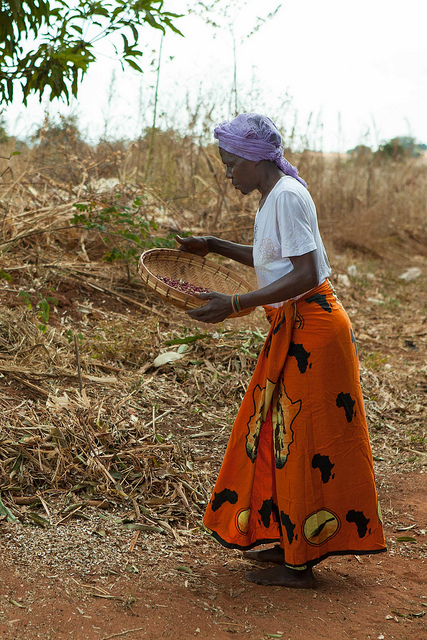Overview
Researchers
Nava Ashraf
Professor of Economics at the London School of Economics and Political Science, Research Director of the Marshall Institute
Markus Goldstein
Lead Economist in the Office of the Chief Economist for Africa at the World Bank
Kelsey Jack
Assistant Professor in the Department of Economics at Tufts University
- Country
- Zambia
- Timeline
- 05/01/2012 - 06/30/2014
- Constraints
- Labor
- Sample
- 1800 households

Photo credit: Swathi Sridharan (ICRISAT) via Flickr
This pilot study planned to vary subsidies for herbicides offered to male and female farmers, with the objective of isolating the effect of a labor saving technology (with disproportionate benefits for women) on adoption and labor outcomes. However, pre-piloting of the intervention revealed insufficiently clear gender roles and led to the revised pilot design, which focused on synthesis of information from surveys and existing datasets to understand intra-household dynamics and gender norms.
Survey data was collected over two rounds with 1800 households in Eastern Zambia. The survey data links intra-household bargaining responses with agricultural decisions at the plot level. Analysis focuses on correlational relationships between gender dynamics and adoption outcomes for crops and other agricultural technologies. Particular attention is paid to labor allocation across plots, and the adoption of labor-intensive and labor-saving technologies.
Findings:
- Wives in Zambia tend to have decision-making power over their own household purchases, but these decisions are subjected to more disagreements than other, male-dominated decisions.
- A wife’s bargaining power increases with the number of adult males in the household, the education of the household head, and the age of the wife.
- Households next to each other tend to have similar degrees of wife bargaining power.
- Though wives’ agricultural plots are often smaller, the quality is not significantly different from husbands’ plots. A plot’s yield is primarily determined by the type of crop grown.
- Controlling for crop, the degree of a wife’s bargaining power in the household explains the most variation in yield outcomes, even more so than the practices of crop rotation, use of fertilizer, intercropping, or tillage.